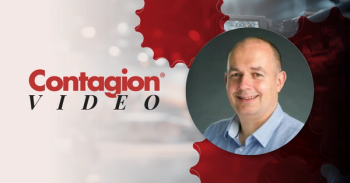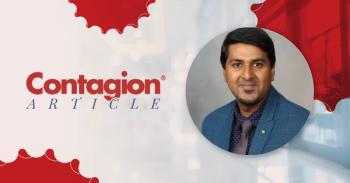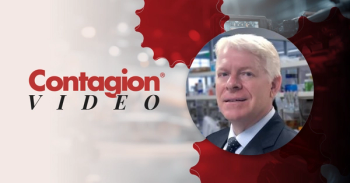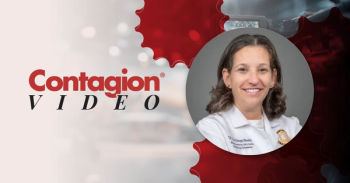
High Treatment Uptake is Possible for HCV Patients Coinfected with HIV
A new study examines HCV treatment uptake in HCV patients coinfected with HIV.
The current gold standard for treatment of chronic hepatitis C virus (HCV) infection is direct-acting antiviral (DAA) therapy, which has proven to be safe and highly efficacious. However, DAA therapy is quite costly and this limitation has led to its use being restricted in many countries.
In the Netherlands, DAA regimens became available initially for patients with severe liver fibrosis as well as patients coinfected with HIV. In a study published by the Oxford University Press, lead co-investigators, Anne Boerekamps, PhD, and Astrid Newsum along with their colleagues examined HCV treatment uptake in HCV and HIV coinfected patients in the Netherlands.
The study utilized the AIDS Therapy Evaluation in the Netherlands (ATHENA) database which includes information on more than 98% of the HIV-positive patients in care in the Netherlands. There are 26 designated treatment centers in the Netherlands which provide care for HIV patients. The ATHENA cohort is responsible for collecting demographic and treatment data as well as data on patients coinfected with HIV and viral hepatitis. Out of the 23,574 HIV patients registered in the ATHENA cohort as of the February 1, 2017, 2503 patients had at least one positive HCV RNA test. The authors excluded patients who spontaneously cleared their HCV infection as well as patients who died or were lost to follow-up, resulting in 1471 patients who were coinfected with HIV and HCV. Ninety-percent of the patients included in the study were male and the most commonly reported route of HIV transmission was MSM (69%). In addition, HIV transmission occurred for the remaining 15% either through drug use or other routes.
Of the 1471 patients that were included in the study, 1284 had sought treatment for HCV between the years of 2000 and 2017. Out of these patients, 702 previously received or were still receiving a DAA regimen and the other 582 were treated with older HCV regimens, such as interferon-alpha.
The authors note that as of February 2017—which is only 15 months after the Netherlands made DAAs available to all chronic HCV patients—76% of patients coinfected with HIV and HCV have achieved a sustained virologic response (SVR), indicating that they were successfully treated. Furthermore, an additional 6% were expected to achieve treatment success. The authors also found that HCV cure rates were highest in the MSM category of coinfected patients.
This work demonstrates after only 15 months of unrestricted access to DAAs, a high treatment uptake is possible for patients coinfected with HIV and HCV.
One of the limitations of this study was that there was no data on patients who were lost to follow-up, which comprised 6% of the HIV and HCV coinfected patients. However, the strengths of this study lie in the use of the ATHENA cohort which is highly representative of the HIV infected patient population in the Netherlands. In addition, this work represents the first study that examined the effect on unrestricted DAA access for HIV and HCV coinfected patients. If unrestricted access is continued, it may be possible to eliminate HCV among co-infected patients in the Netherlands.
Newsletter
Stay ahead of emerging infectious disease threats with expert insights and breaking research. Subscribe now to get updates delivered straight to your inbox.








































































































































































































































































































